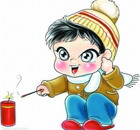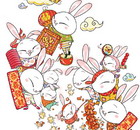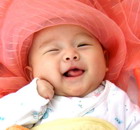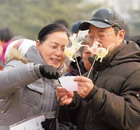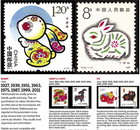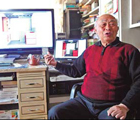Travel
The long road to scholarly honor
(CRIENGLISH.com)
Updated: 2011-02-18 16:09
 |
Large Medium Small |
|
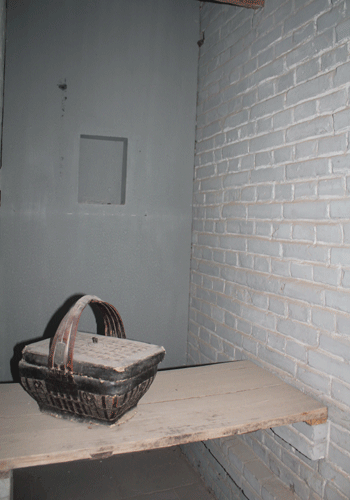 A small cubicle where examinees stayed for as long as nine days to write the exam. [Photo/CRIENGLISH.com]
|
Yao, the museum owner, believes the old examination system still affects people's mentalities today, and is clearly manifested in society's high regard for the college entrance examinations.
Some of Yao's collection is quite detailed and intriguing. For instance, one exhibition hall displays writing brushes, ink pads, authentic exam papers and even children's school bags. The exam answer sheets, protected by a glass plate, show off the fine calligraphy skills expected of imperial officials.
Many visitors, including foreign tourists, leave their thoughts on Yao's collection in the museum's message book. A visitor named Susan wrote: "A wonderful museum! Full of interesting and historically valuable materials" after a tour of the museum in 2009. Another visitor named Eddy showed his gratitude for the museum owner saying "More people must come to see (this museum). Thank you for the excellent effort & result!"
Realizing the educational value of the museum, Yao said he is working with universities in Beijing to make the museum a regular studying base for students who major in history.
|
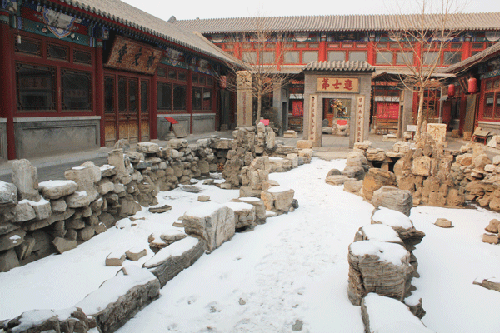 The backyard of the museum is designed in the traditional Chinese style. [Photo/CRIENGLISH.com]
|
Logistics
Address: 1366 Folk Culture Street, Gaobeidian 高碑店民俗文化街1366号
Subway: Batong Line, Gaobeidia Station
Museum hours: 9 a.m.-4 p.m. (closed on Mondays)
Tickets: 40 yuan per/person, 25 yuan for students
|
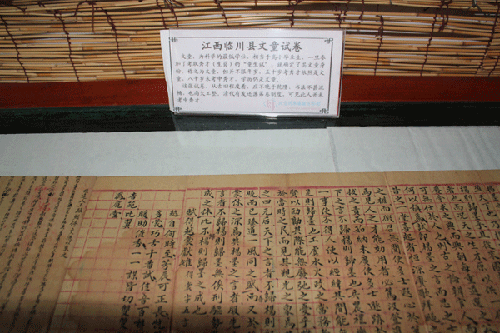 The museum has a collection of authentic exam papers. [Photo/CRIENGLISH.com]
|
|
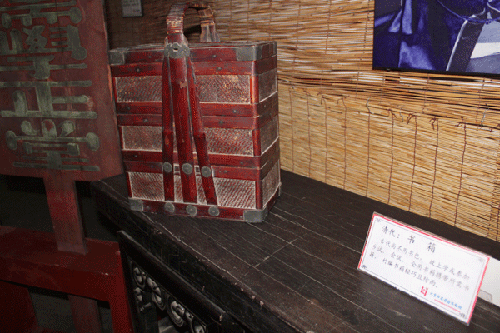 The school bag for small children in ancient times. [Photo/CRIENGLISH.com]
|
|
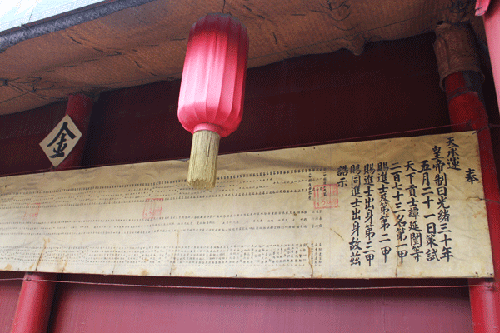 Those who have passed the imperial examination have their name listed on the Zhuangyuan Scroll and shown to the public. [Photo/CRIENGLISH.com]
|
